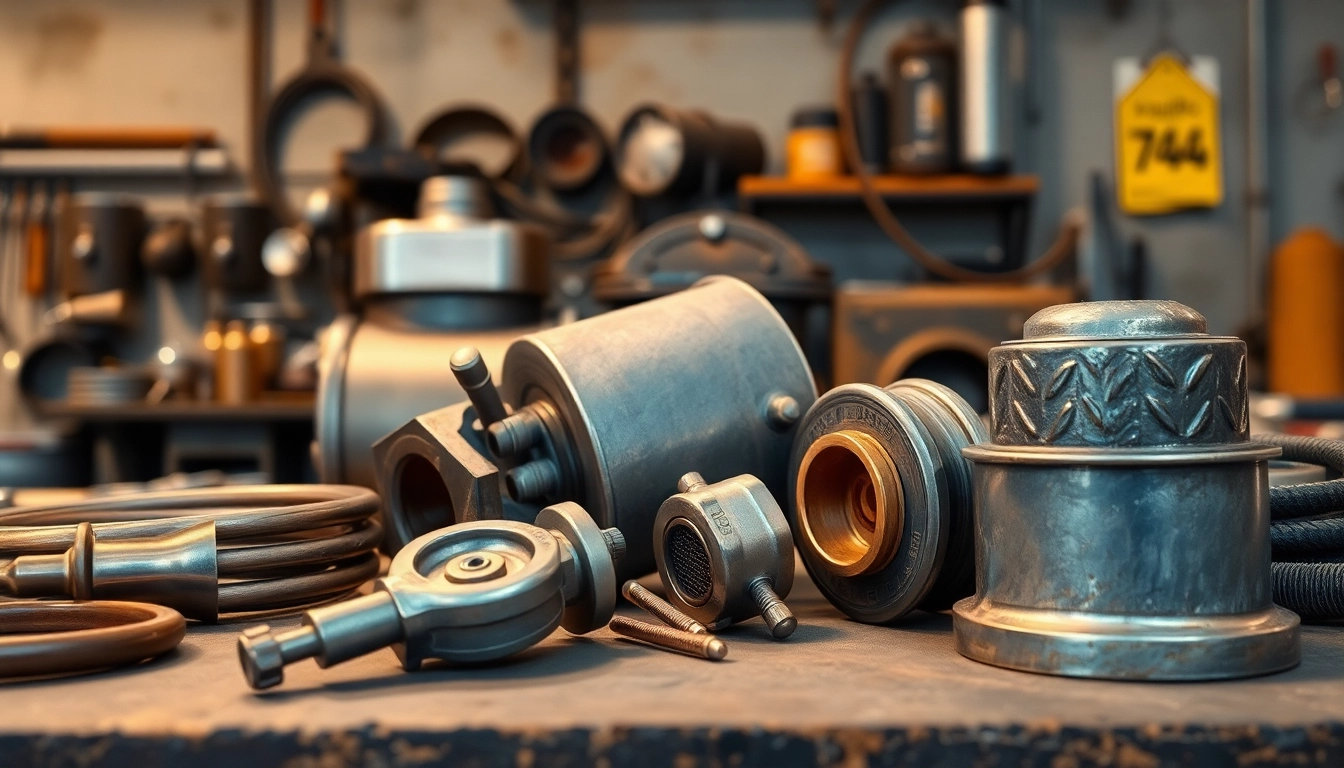Understanding Welding Supplies: A Beginner’s Guide
Welding is not just a technical skill; it is an art that demands precision, creativity, and the right set of tools. Whether you are a hobbyist, a professional welder, or someone planning to engage in home improvements, understanding welding supplies is essential. In this guide, we will delve into what welding supplies are, the different categories available, and how to choose the right ones to suit your needs.
What are Welding Supplies?
Welding supplies refer to the various tools, materials, and equipment needed for welding processes. These supplies are crucial for ensuring effective, safe, and high-quality welds. They include everything from welding machines to personal protective equipment (PPE), as well as the consumables that are essential for completing a welding project. Understanding the different components of welding supplies will help you make informed decisions when purchasing them.
Categories of Welding Supplies
Welding supplies can be broadly categorized into several areas:
- Welding Machines: The core tool used for welding, these machines come in various types such as MIG (Metal Inert Gas), TIG (Tungsten Inert Gas), and stick welders.
- Protective Gear: These items, including helmets, gloves, jackets, and safety glasses, are designed to protect welders from the hazards associated with welding.
- Consumables: These are expendable materials consumed during the welding process, such as welding wire, electrodes, and gas.
- Accessories: Tools to assist with the welding process, such as clamps, welding tables, and inversion devices.
Choosing the Right Supplies for Your Needs
Selecting the appropriate welding supplies involves understanding your specific project needs. Consider the types of materials you will be working with, the type of welding you will be performing, and your budget. It’s also important to factor in the safety equipment you need to protect yourself during the welding process.
Key Types of Welding Supplies and Their Uses
Welding Machines and Equipment
Welding machines are the heart of any welding operation. The most common types include:
- MIG Welders: Perfect for beginners due to their ease of use. They are versatile and suitable for various materials.
- TIG Welders: Offering more control than MIG, they are ideal for thinner materials and require a higher skill level.
- Stick Welders: Known for their portability and simplicity, stick welders can handle heavy materials and are effective in outdoor settings.
Protective Gear and Accessories
Safety is paramount in welding. Essential protective gear includes:
- Welding Helmets: Protects the eyes and face from harmful UV rays and sparks.
- Gloves: Provides hand protection against heat and sharp objects.
- Welding Jackets: Made from flame-resistant materials, these jackets protect the body from heat and slag.
- Respirators: Important for protecting against harmful fumes produced during welding.
Consumables: What You Need to Know
Consumables play a significant role in the efficiency and quality of your welds. Key consumables include:
- Welding Rods and Electrodes: These are crucial for creating a weld. Different types are available depending on the process (e.g., MIG, TIG).
- Gas Supplies: Acetylene and argon are common gases used in various welding applications to shield the weld area.
- Welding Wire: Essential for MIG welding, the type of wire selected can affect the quality and strength of the weld.
How to Maintain Your Welding Supplies Effectively
Cleaning and Storing Welding Tools
Proper maintenance of welding supplies not only prolongs their life but also ensures safety. Clean your tools after each use to remove contaminants like slag, dirt, and grease. Store them in a clean, dry place to prevent rust or damage.
Regular Maintenance Techniques
Regularly inspect your welding machines and accessories for wear and tear. This includes checking electrical components, inspecting hoses for leaks, and ensuring that all consumables are in good condition. Schedule annual professional servicing of your main welding machine for optimal performance.
Replacing Consumables: Best Practices
Keep track of your consumable inventory and replace them as needed. Using worn or old consumables can compromise the quality of your welds and create hazardous situations. Always have spare parts on hand, especially for high-volume projects.
Purchasing Welding Supplies: Tips and Tricks
Where to Buy Quality Welding Supplies
There are various sources for purchasing welding supplies — from local hardware stores to specialized online retailers. Check for reputable suppliers that offer a wide range of products and brands. Ensure that they provide a comprehensive warranty and customer support.
Cost-Effective Shopping Strategies
To save on welding supplies, consider shopping during seasonal sales, signing up for newsletters from suppliers, or buying in bulk. Additionally, compare prices among different suppliers to ensure you are getting the best deal.
Brands to Consider When Choosing Supplies
Not all welding supplies are created equal, and the brand can significantly impact the quality. Some reputable brands to consider include Miller Electric, Lincoln Electric, ESAB, and Hobart. Research reviews and product ratings before making a purchase to ensure you choose quality tools that meet your needs.
Staying Safe While Using Welding Supplies
Essential Safety Gear for Welders
As mentioned earlier, safety gear is essential. Make sure to use a properly fitted welding helmet, gloves, and clothing designed for welding tasks. Additionally, assess your workspace to ensure it is free of flammable materials and well-ventilated.
Common Hazards and How to Avoid Them
- Burns: Always protect your skin from sparks and heat. Wear long sleeves and protective gloves.
- Fumes: Use ventilation systems to minimize the inhalation of harmful gases. A respirator may also be necessary for some environments.
- Electric Shock: Ensure all machines are properly grounded, and inspect cables for damage before use.
Best Practices for Safe Welding Operations
Implement best practices such as keeping fire extinguishers nearby, using proper lifting techniques for heavy materials, and never working alone when using complex equipment. Regularly review safety protocols and conduct training sessions to keep everyone informed of best practices.
